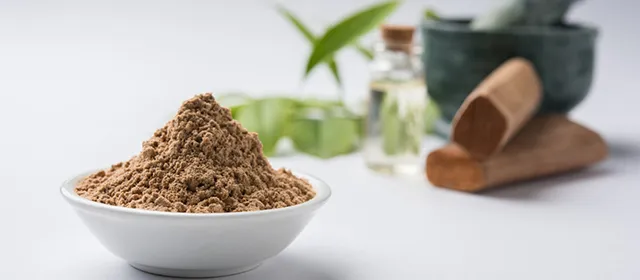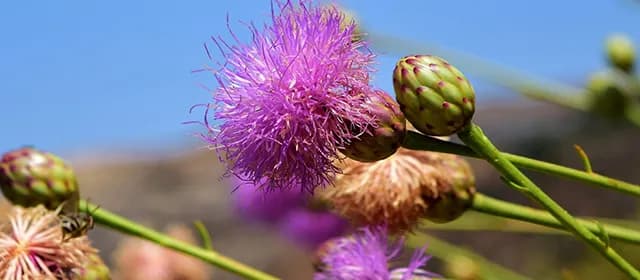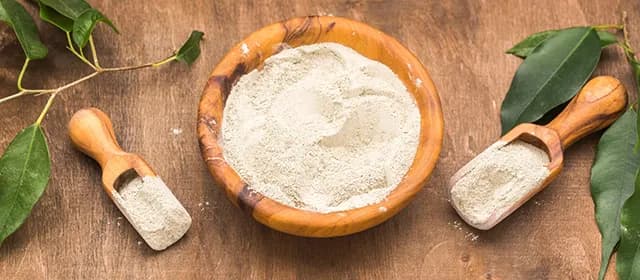Sandalwood oil retains an enduring appeal in perfumery, cosmetics, aromatherapy, and traditional medicine. The value of the oil, driven largely by its sesquiterpene constituents (notably α-santalol, β-santalol), demands that extraction and purification methods evolve to increase yield, preserve fragrance integrity, reduce environmental impact, and enhance consistency. Enhancement in extraction technologies and post-processing purification strategies defines the next frontier in sandalwood value chains.
According to Kings Research, the global sandalwood market size was valued at USD 358.3 million in 2023 and is projected to reach USD 583.1 million by 2031, growing at a CAGR of 6.36% from 2024 to 2031. This article explores recent innovations, technical challenges, case studies, and future directions in sandalwood extraction and oil purification.
Understanding Sandalwood Oil Composition and Limitations
Major sandalwood species used for oil production include Santalum album (Indian sandalwood) and Santalum spicatum (Australian sandalwood). Composition of sandalwood oil is dominated by sesquiterpene alcohols, with ISO 3518:2002 standards requiring 41–55 percent α-santalol and 16–24 percent β-santalol in S. album oil. Oil yield, fragrance profile, and quality depend heavily on tree age, heartwood quality, species genetics, and the extraction and purification methodology.
Traditional extraction via steam distillation or hydrodistillation requires long durations (often tens of hours) and can degrade delicate constituents under heat stress. Variability in yield, thermal degradation, solvent carryover, and resource consumption motivate exploration of alternative methods to optimize output and quality.
Emerging Extraction Technologies
Supercritical Fluid Extraction (SFE):
Supercritical CO₂ extraction presents a potent alternative, capable of extracting volatile components under comparatively mild thermal stress and with minimal solvent residues. A 2024 review of advances in essential oil extraction lists SFE among prime innovations, alongside enzyme-assisted extraction, molecular distillation, and microwave-assisted hydrodistillation.
For sandalwood, subcritical CO₂ or supercritical CO₂ techniques have produced yields competitive with conventional methods. In one comparative study of wood extractions, subcritical CO₂ reached 3.83 g/L oil yield, outperforming some solvent extraction techniques.
Microwave-Assisted and Hybrid Distillation Methods:
Microwave-assisted hydrodistillation accelerates heat transfer and internal vaporization, shortening extraction kinetics compared to conventional distillation. Experimental studies report higher yields under microwave air-hydrodistillation relative to traditional hydrodistillation. Hybrid processes combining microwave and conventional steam distillation or ultrasound pretreatment may enhance cell disruption and release of encapsulated oil.
Continuous Steam Distillation and Process Intensification:
Traditional batch distillation imposes limitations in throughput and energy efficiency. Quintis (Western Australia) implemented a continuous steam distillation plant to replace batch processes, achieving extraction of “A-grade” sandalwood oil in two days instead of nine, while reducing water and energy consumption by 75 percent.
This continuous in-feed and out-feed system mimics continuous industrial processes (e.g. papermaking) to increase throughput, reduce residence time, and improve fragrance retention by minimizing exposure to thermal hold downtime.
Shock Wave–Assisted Extraction:
Shock wave techniques use controlled pressure pulses to fracture wood structure and force oil pockets toward extraction pathways. A lab study at IISc (India) reported that applying shock waves (15 bar overpressure) to sandalwood specimens increased extraction rate and volume by 15–40 percent without compromising fragrance profile. Although this method remains at experimental scale, it illustrates how mechanical intensification may complement thermal or solvent approaches.
Advanced Oil Purification and Fractionation Techniques
After crude extraction, sandalwood oil requires purification to meet quality standards, optimize fragrance profile, and remove undesirable impurities. Purification techniques include vacuum distillation, molecular distillation, fractional distillation, chromatography, and blending strategies.
Vacuum distillation under reduced pressure lowers boiling points of components, minimizing thermal degradation. Fractional distillation separates near-boiling constituents (e.g. separating α-santalol from β-santalol and trace compounds). Use of molecular distillation allows precise fraction control under very low pressure to isolate high-value fractions.
Flash chromatography or preparative GC often refine small batches for high purity standards, though scale is limited and cost is high. In the 2024 study of heartwood steam distillation, researchers applied Krüger Rohr vacuum distillation and flash column chromatography to pre-purify α/β-santalol fractions from crude distillate (Source: dc.etsu.edu). Purification aims also to minimize aromachemical artifacts, off-notes, and thermal degradation by optimizing residence time, temperature gradients, and fraction collection strategies.
Microbial and Biosynthetic Production of Santalol
Extraction from wood resources remains constrained by supply, growth time, sustainability concerns, and overharvesting risk. Advances in metabolic engineering propose microbial production of santalene and santalol in yeast or bacterial hosts as a parallel or supplementary route. A 2024 review describes strategies to reconstruct and enhance santalol biosynthesis in heterologous hosts, thereby circumventing limitations of wood sourcing.
Microbial fermentation allows continuous production, consistency across batches, and reduced dependency on slow-growing trees. Challenges remain in pathway optimization, yield scaling, downstream purification, and regulatory acceptance. If matured, biosynthetic sandalwood fragrances could blend with extracted oil to optimize resource sustainability.
Challenges and Trade-Offs in Sandalwood Oil Production
Tree age, heartwood proportion, geographical origin, genetic variant, and wood density influence extractable oil yield and santalol content. Even sophisticated extraction cannot compensate for suboptimal raw material quality. Sustainable harvest, plantation management, and wood selection remain critical upstream inputs. Thermal or mechanical intensification risks degrading heat-sensitive compounds, producing off-notes or altering fragrance balance. Quality assurance must monitor component ratios and sensory profiling.
Cost and capital intensity for advanced extraction and purification facilities remain barriers for small producers. Continuous distillation, SFE infrastructure, or microbial fermentation require high CAPEX, process control, and technical expertise. Scale of purification methods such as chromatography remains limited in throughput relative to distillation, making them expensive for bulk oil volumes.
Regulatory classification and labeling of biosynthetic or hybrid oils may require transparency in origin and composition, especially for “natural fragrance” certification or geographical indication status (e.g. “Mysore Sandalwood Oil” is a registered GI). Sustainability remains a core risk. Overharvesting of wild sandalwood, regulatory constraints, and ecosystem pressure demand that extraction and purification innovations align with responsible sourcing and conservation strategies.
Advancements in Sustainable Sandalwood Oil Extraction Methods
- Subcritical Ethanol Extraction of Sandalwood Heartwood: In June 2024, a study by Zhang et al. explored subcritical ethanol extraction as a method for obtaining phenolic and flavonoid compounds from sandalwood heartwood. The research aimed to determine optimal parameters for high yields of essential oil while preserving the structural integrity of bioactive compounds.
- Clevenger Steam Distillation Protocol: A comparative study published in 2024 examined the steam distillation of Santalum album heartwood using a Clevenger apparatus. The results showed oil yields ranging from 1.15% to 2.88%, with α-santalol and β-santalol ratios aligning with fragrance standards, demonstrating the efficacy of this traditional method in producing quality sandalwood oil (Source: dc.etsu.edu).
Conclusion
Sandalwood oil retains premium value in fragrance and wellness markets. To meet demand responsibly, innovations in extraction and purification must deliver higher yield, fragrance integrity, throughput, and sustainability. Techniques such as supercritical and subcritical CO₂ extraction, microwave-assisted distillation, continuous steam distillation, and shock wave mechanical intensification show promising advances.
Purification strategies (vacuum distillation, molecular separation, and chromatography) refine fragrance profiles to meet standards. Biological synthesis of santalol and santalene offers a complementary path to reduce pressure on natural resources. Implementation challenges in cost, scale, raw material quality, and market perception remain significant. The ideal future extraction platform will blend optimized hardware, advanced control, biosynthesis, and sustainability workflows. These innovations promise to sustain sandalwood’s legacy in perfumery and wellness while aligning with environmental responsibility and economic viability.




